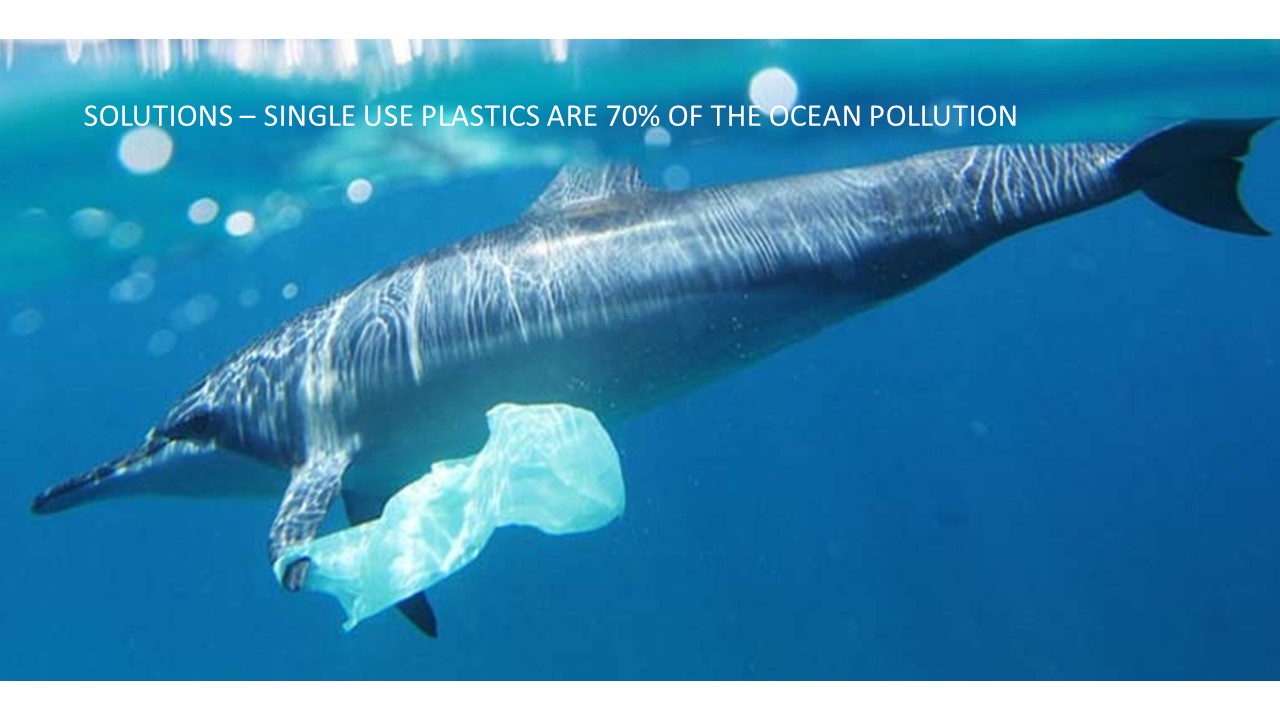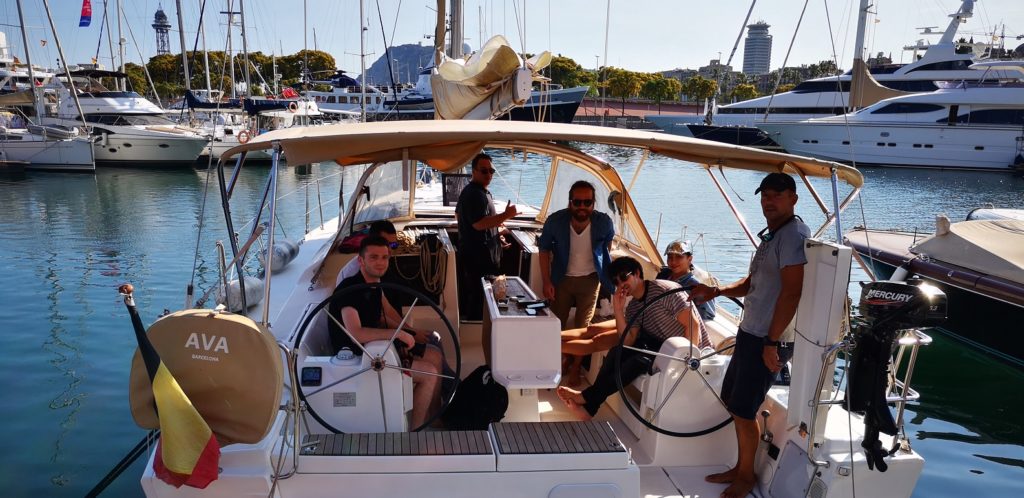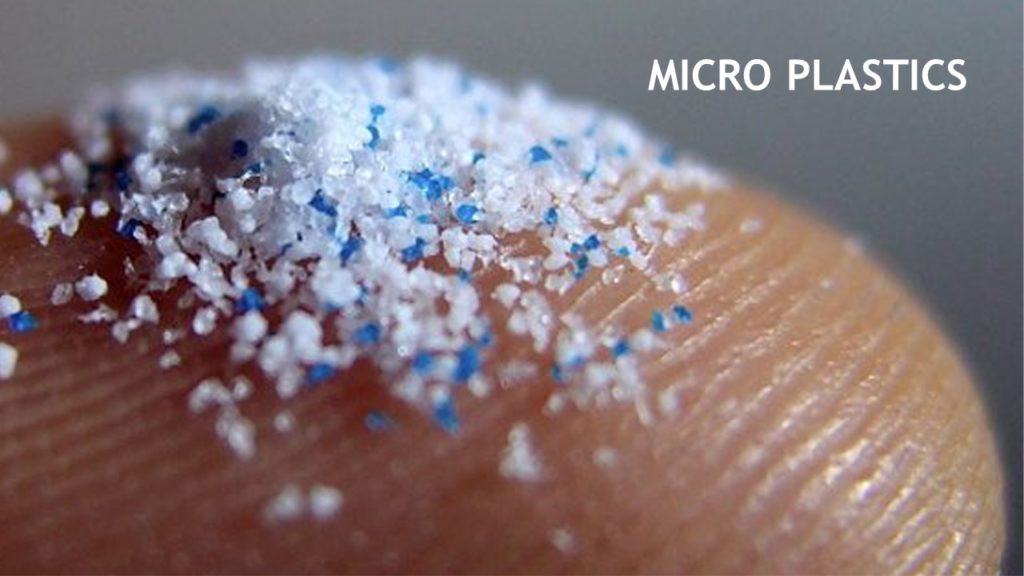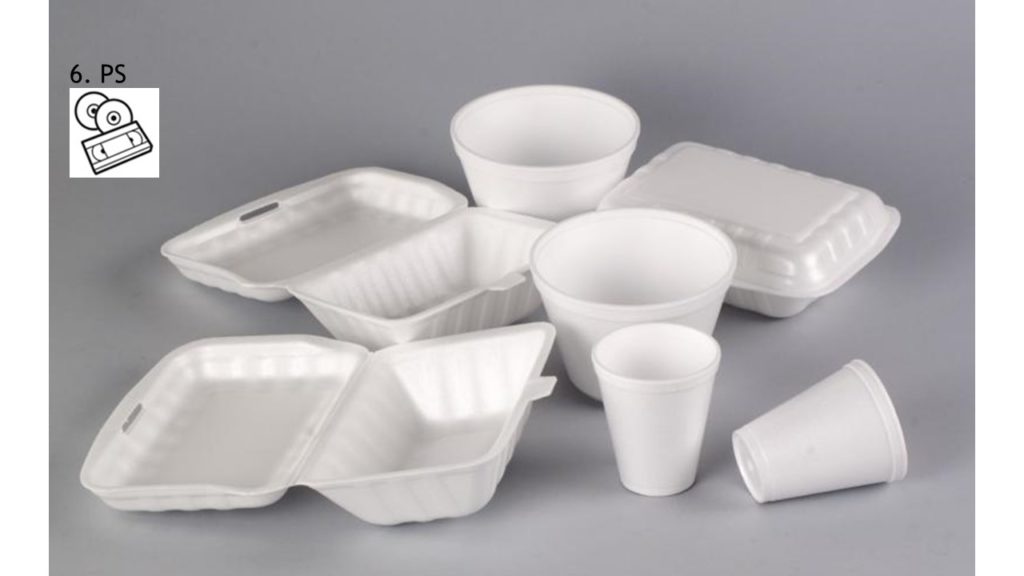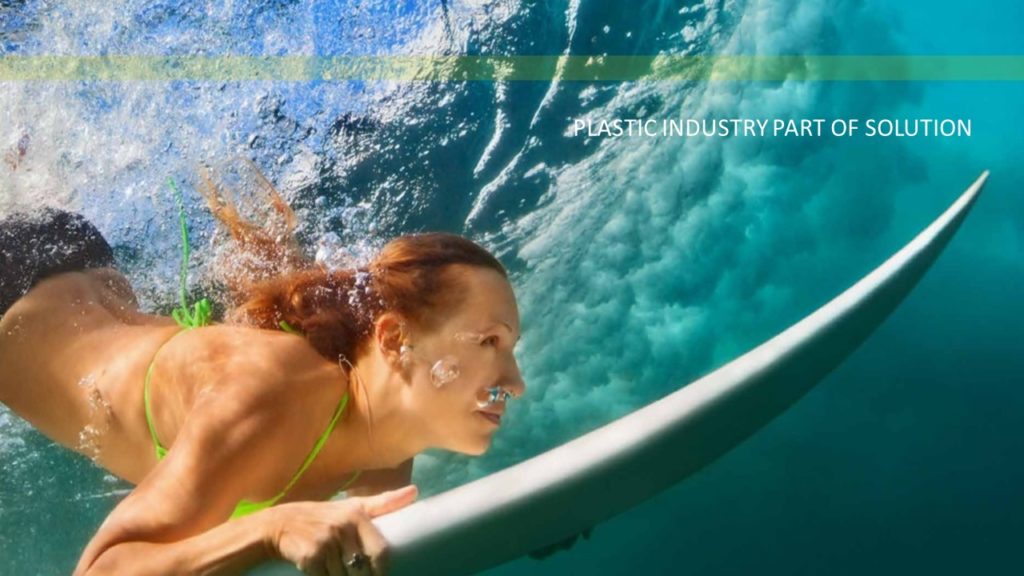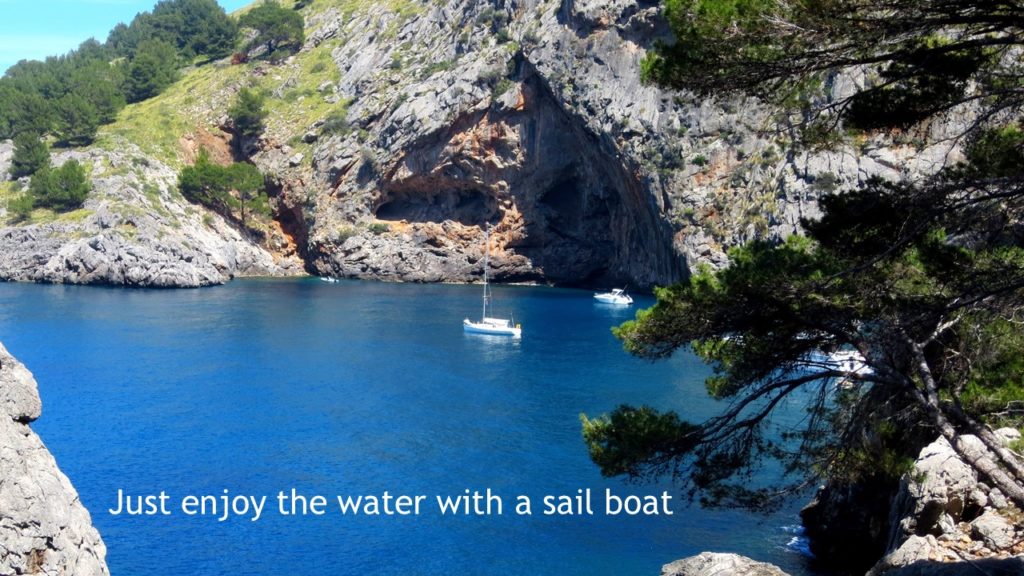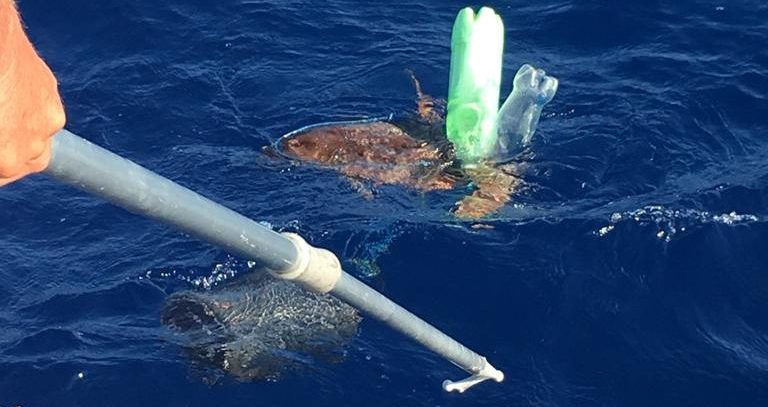While sailing in Barcelona with a group of people from the Barcelona Mobile World Congress, we discussed biodegradable plastic.
I compare biodegradable plastic with Marlboro lights cigarettes. Contrary to the marketing promises both smoking light tobacco and biodegradable plastic are not good for the you and the environment. Neither the “light tar” nor the “biodegradable plastic” solves the problem that they are promised to solve.
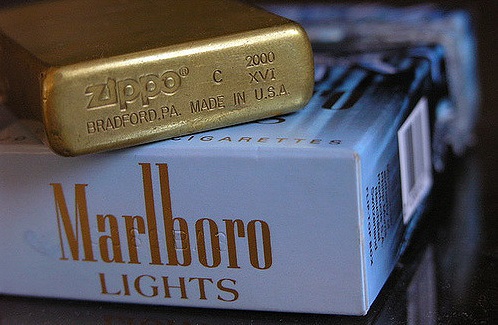
My sailors were in disbelieve and on the way sailing back to the Barcelona harbor, Port Olympic, we explored “biodegradable”. On the boat we quickly agreed that biodegradable means that something transforms into air, water and some minerals under natural conditions.
While doing the real Barcelona tour at sea, showing the Sagrada Familia, and other city highlights, we discovered that “Biodegradable plastic” is an unprotected name. There are no standards and minimum requirements for biodegradable plastic.
Back on land, at the end of the sailing tour, the term “compostable plastic” came up. Compostable plastic is indeed a protected name and there are minimum requirements to be labelled compostable plastic.
- Compostable and biodegradable plastics can not be recycled with normal plastic. Therefore it ends up with the other waste in a landfill.
- Compostable plastic only rots or decays at temperatures of 60 degrees Celsius, (140F), not a natural temperature.
- Compostable plastic may contain heavy metals and flurine, not good for the environment.
- Compostable plastic must become micro plastic within 12 weeks.
- Compostable plastic releases CO2, a greenhouse gas, during rotting.
- Compostable plastic is just as dangerous for turtles, fish and birds as normal plastic when it is intact.

Under 60C (140F) the key requirements of the EN 13432 standard are:
• Chemical composition: the standard sets limits for volatile matter, heavy metals (Cu, Zn, Ni, Cd, Pb, Hg, Cr, Mo, Se, As) and fluorine.
• Biodegradation: chemical breakdown of materials into CO2, water and minerals, at least 90% of the materials have to be broken down by biological action within 6 months.
• Disintegration: the physical decomposition of a product into tiny pieces. After 12 weeks at least 90% of the product should be able to pass through a 2 x 2 mm mesh.
• Quality of the final compost and Eco-toxicity: the quality of the compost should not decline as a result of the added packaging material. The standard specifies checking this via Eco-toxicity tests: this involves making an examination to see if the germination and biomass production of plants are not adversely affected by the influence of composted packaging.
Translated into common English:
- The compostable plastic product can include heavy metals and material that becomes a gas. For example the smell of that new car, is plastic emitting gasses.
- Only 90% of the compostable plastic product must turn into CO2 greenhouse gas, water and minerals within 6 months. The remainder 10% can be toxic or micro plastic.
- 90% of the compostable plastic product must become a micro plastic within 12 weeks.
- The compostable plastic may not affect the the speed of decaying of the rest of the biomass. So it could be harmful to nature but as long as the decaying, or rotting process is not affected.
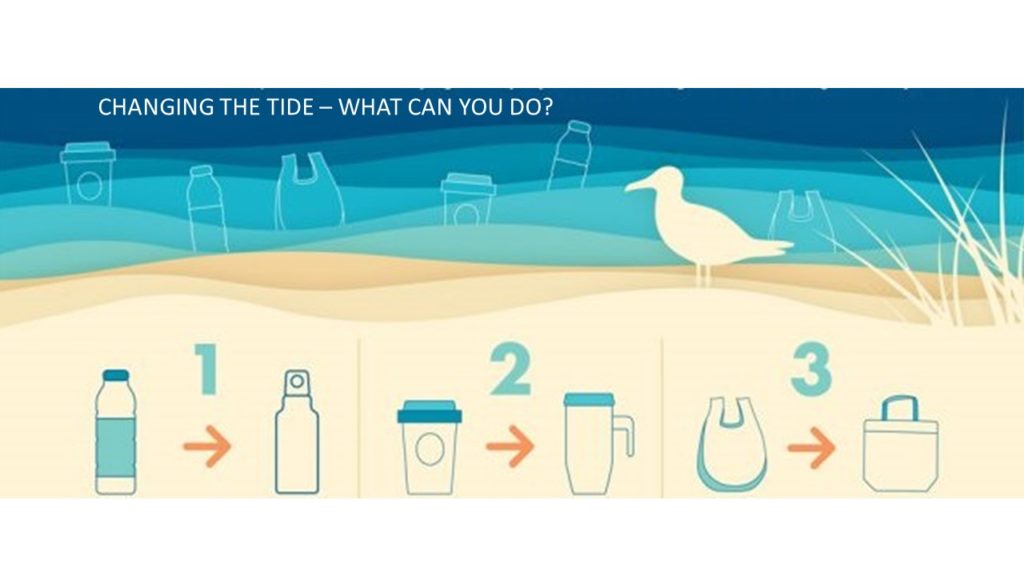
There are many things to do in Barcelona, but whatever you do take your own water bottle and bag. Drink your coffee in one of the many bars and restaurants in Barcelona and be a local.


